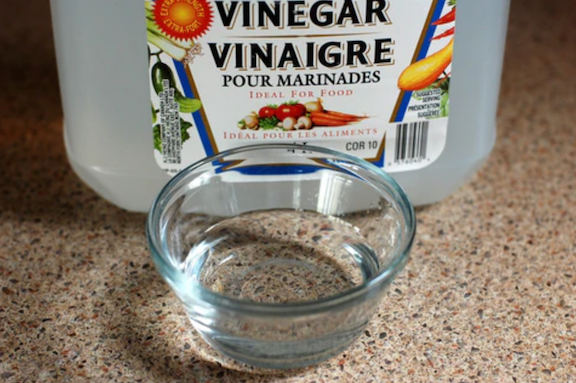If you're fed up with using traditional tampons and pads every month, a menstrual cup might be the way to go. These reusable funnel-shaped devices are made from either silicone, latex, or rubber. Once inserted and opened, they create a seal against the vaginal wall, trapping menstrual fluid. So should you try one yourself? Let's take a look at the pros and cons.
Menstrual cups: The good
If you can get past the idea that you're inserting a piece of silicone into your vagina for about 7 days each month, the benefits should far outweigh the downsides.
There's less waste
No disposing of tampons or pads, no ridiculous use of toilet paper to cover everything up in the trash, and no waste from the packaging that comes with these products.
There's less leakage
Menstrual cups are specifically designed to prevent leakage by suctioning to the vaginal wall. As long as it's inserted correctly—here are the steps you should take—you shouldn't experience leakage (or embarrassment!).
There's more comfort
Menstrual cups work much like tampons, although you shouldn't feel the cup at all. If you wear tampons, you know that sometimes that's not the case. And pads? You feel them constantly.
There's less work to do
Yes, you'll have to empty the menstrual cup every 6 to 12 hours, depending on the severity of your period. But you'd need to replace tampons and pads much more frequently
There's cost savings
You can purchase a menstrual cup for less than $30, and it should last you several months to years. Natural tampons, on the other hand, cost an average of $10 per box, which typically last a month.
There's better health
Menstrual cups promote lubrication, whereas tampons can induce vaginal dryness. Cups also don't have potentially harmful bleach and chemicals or leave you susceptible to toxic shock syndrome.
There's a multitasking factor
For the most part, you can wear an IUD and even have intercourse during your period with a menstrual cup because the placement of the cup is closer to the cervix.
There's a size for you
If you're younger than 30 or have not had a vaginal birth, a small menstrual cup should fit. Larger sizes are reserved for women who have had vaginal births. There are other factors to consider as well, including the length of your cervix, your menstrual flow, and the strength of your pelvic-floor muscles.
Menstrual cups: The (potentially) bad
There are plenty of advantages to using a menstrual cup, but there are most definitely some downsides.
There's the potential mess
It can be awkward to remove the menstrual cup, which can lead to spills or stained clothing. After a good amount of practice, though, the potential for mess should become less.
There's the process itself
While the steps to inserting and removing the menstrual cup are quite simple, it doesn't mean they're infallible. You can still find yourself inserting the cup incorrectly.
There's the potential for allergic reactions
Silicone is largely considered safe to use in many applications, but it can cause irritation if you're allergic to it or have other skin sensitivities. The same goes for rubber and latex.
There's the cleanup
Menstrual cups need to be washed thoroughly after each use to avoid infection, making it a challenge if you're in a public facility. But if you can time it so you're almost always replacing it at home, you should be fine.




